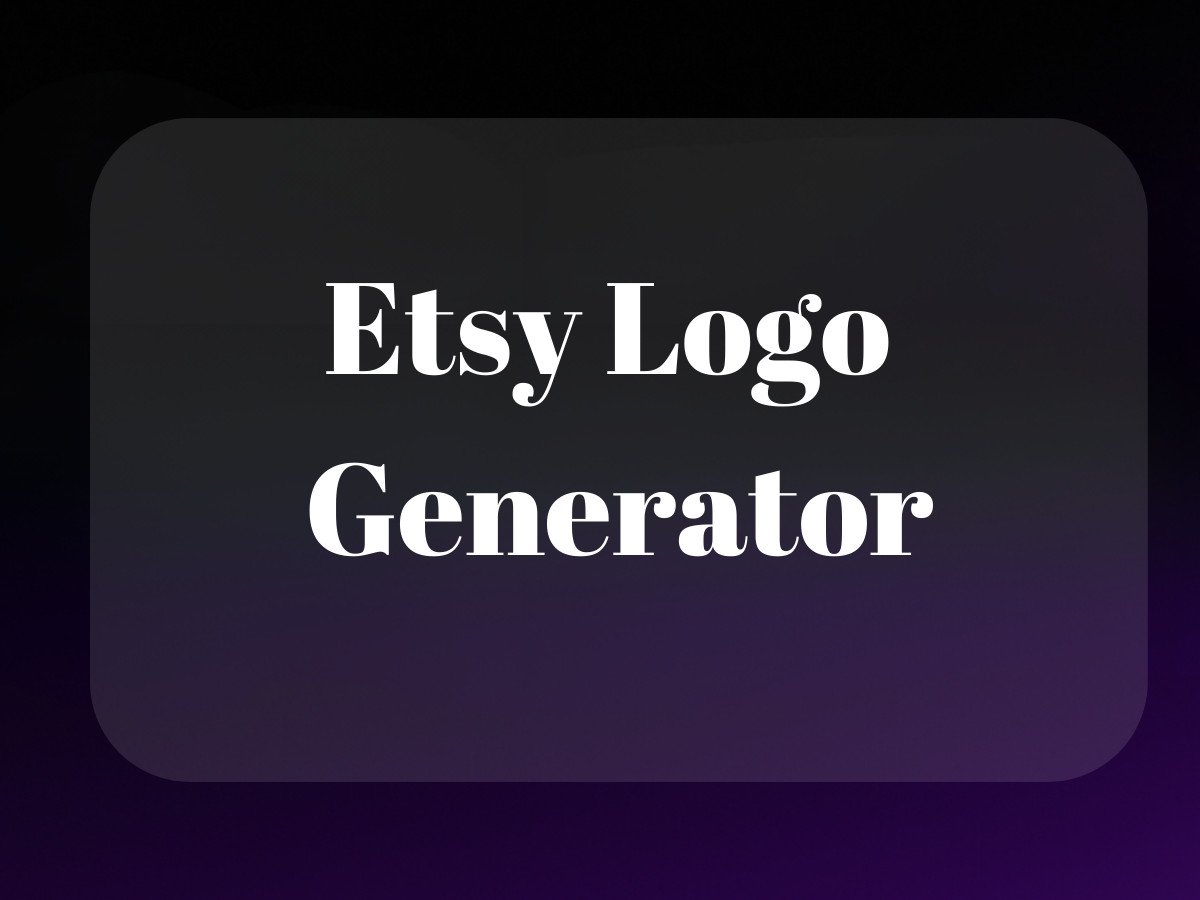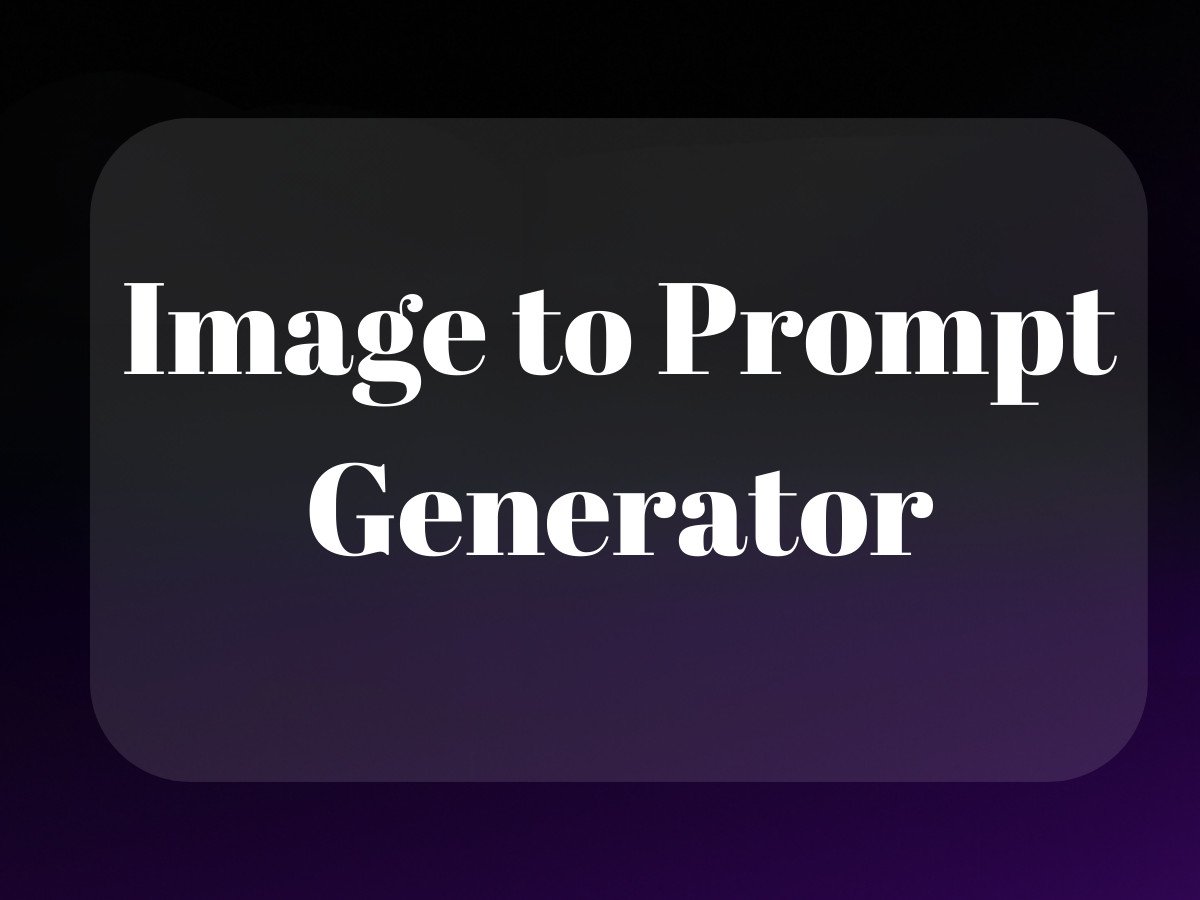Remember when selling stuff online meant eBay and Craigslist? Those were simpler times. Now, everyone’s talking about building “passive income empires” on Amazon, turning their garage finds into gold, or launching the next million-dollar brand. But here’s the thing – while some are crushing it, others are getting crushed by the complexities of Amazon’s ecosystem.

Let’s cut through the noise. Amazon isn’t just another marketplace – it’s a 300-million-user behemoth that’s fundamentally changed how we buy and sell. But selling stuff on Amazon isn’t as simple as listing your products and watching the money roll in. Trust me, I’ve seen enough sellers learn this the hard way.
The Truth About Getting Started with Amazon Selling
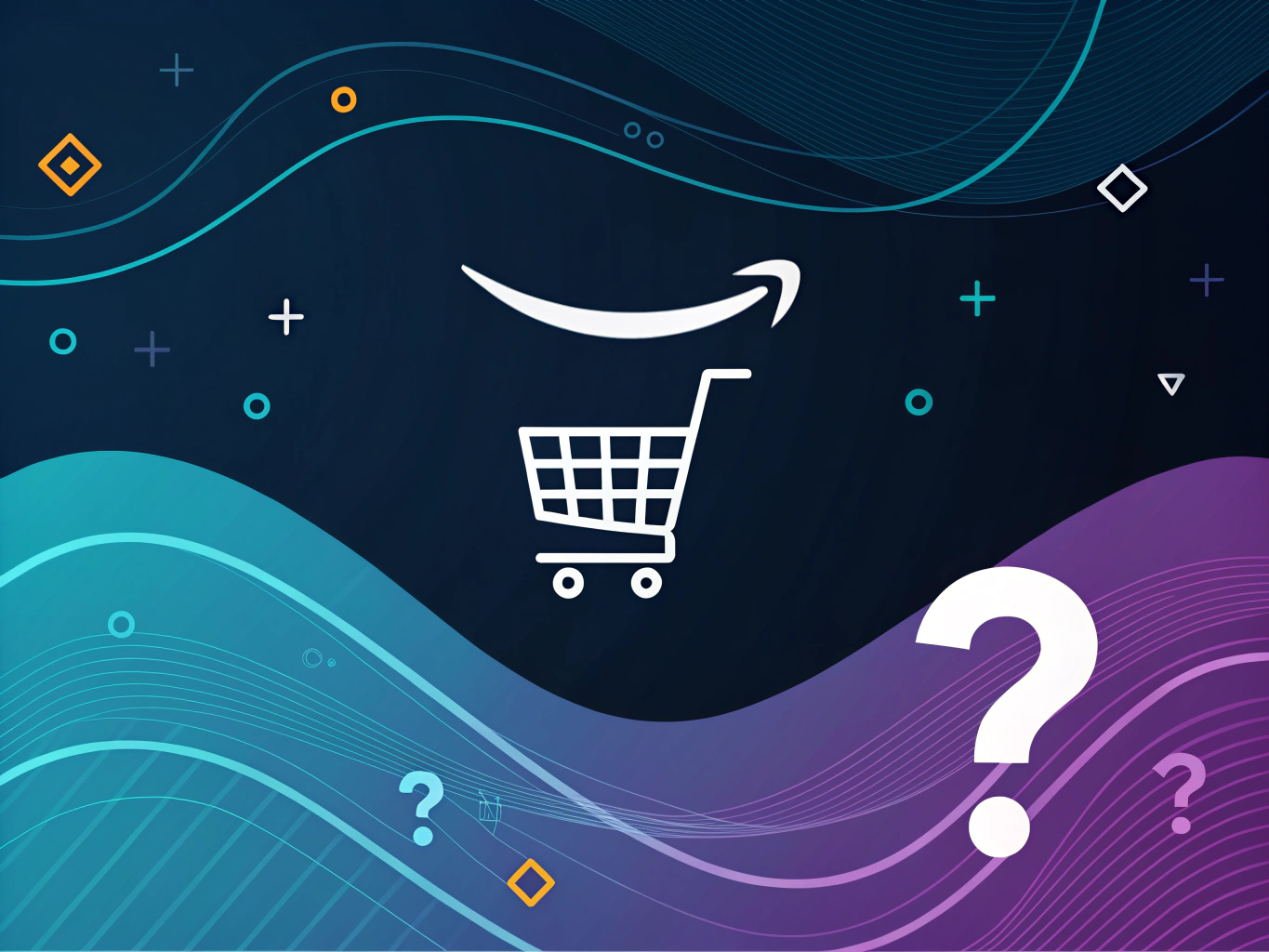
First things first – let’s talk about what it really takes to start selling stuff on Amazon. Think of Amazon like New York City: enormous opportunity, but also incredibly competitive and with its own set of rules you need to master. You wouldn’t open a restaurant in Manhattan without understanding the health code, right? Same principle applies here.
Setting Up Your Seller Account: More Than Just Clicking “Sign Up”
Amazon’s not playing around when it comes to seller verification. You’ll need a business email (or Amazon customer account), an international credit card, government ID, tax info, bank account, and phone number. It’s like applying for a mortgage – they want to know you’re legit.
But here’s where it gets interesting: you’ve got two paths forward. The Individual seller account (perfect for testing the waters) or the Professional account (when you’re ready to play in the big leagues). Individual accounts cost $0.99 per sale, while Professional accounts are $39.99 monthly but include perks that make scaling easier.
Individual vs. Professional: Choose Your Fighter
Amazon gives you two options for how to open an Amazon store: Individual ($0.99 per sale) or Professional ($39.99/month). If you’re selling more than 40 items monthly, go Professional. Simple math, folks.
But here’s what they don’t tell you about how to become an amazon seller: Professional accounts get access to advertising tools, bulk listing capabilities, and inventory management features that Individual sellers can only dream about. It’s like comparing a bicycle to a Tesla – both will get you there, but one makes the journey a lot smoother.
The Nitty-Gritty of Account Setup
Setting up your Amazon seller account requires:
- Business email (please, no hotmail1995@…)
- Credit card that works internationally
- Government ID (they’re serious about this)
- Tax info (because Uncle Sam always gets his cut)
- Phone number (that actually works)
- Bank account (where the money goes – hopefully)
For more detailed steps, see our guide on becoming an Amazon influencer.
Finding Your Amazon Product Sweet Spot
Here’s where most new sellers stumble – they jump straight to selling whatever they think will make money, without doing proper research. I’ve seen people blow their life savings on fidget spinners right as the trend was dying. Don’t be that person.
The Art of Product Selection
What can you sell on Amazon as a new seller? Pretty much anything that’s not restricted or gated. But should you? That’s a different question entirely. The best products to sell on Amazon typically share these characteristics:
- Retail price between $15-$70 (sweet spot for impulse buys)
- Lightweight and simple to ship (trust me, shipping costs can eat your profits)
- Not dominated by major brands (good luck competing with Nike)
- Consistent demand (seasonal products are trickier to manage)
Sourcing Your Products: The Good, Bad, and Ugly
There are multiple ways to source products for Amazon reselling. Retail arbitrage (buying low from retail stores, selling higher on Amazon) is how many start. Others go the wholesale route, buying directly from manufacturers. Then there’s private labeling – creating your own branded products, usually manufactured in China.
Each method has its pros and cons. Retail arbitrage has the lowest barrier to entry but is harder to scale. Wholesale requires more capital but offers better margins. Private label gives you the most control but also comes with the highest risk. To succeed in this competitive space, consider reading about selling on Amazon for additional strategies.
For those interested in retail arbitrage, check out our Product Opportunity Explorer for insights.
Creating Listings That Actually Sell
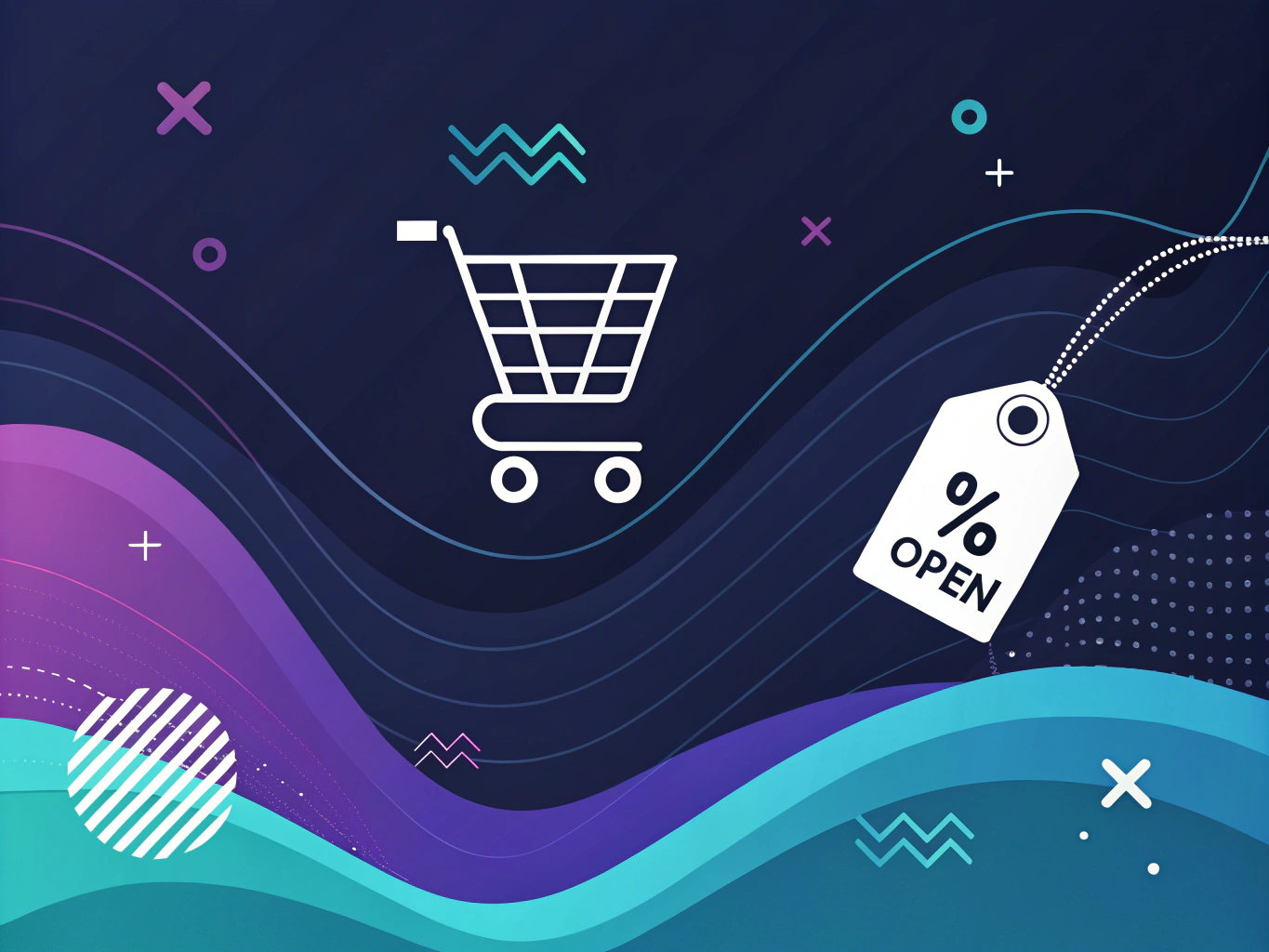
Your product listing is your digital storefront. And just like a physical store, first impressions matter. A lot. I’ve seen amazing products fail because their listings looked like they were written by a caffeinated teenager at 3 AM.
The Anatomy of a Converting Amazon Listing
Here’s what makes Amazon’s algorithm (and customers) happy:
- Clear, keyword-rich titles (but not keyword-stuffed)
- High-quality images showing your product from multiple angles
- Bullet points that address customer pain points
- Detailed product descriptions that answer common questions
- Competitive pricing (but not necessarily the lowest)
The secret sauce? Understanding that you’re not just listing a product – you’re telling a story. A story that helps shoppers imagine how your product will make their lives better. This is where most sellers fall short, focusing on features instead of benefits.
The Photography Factor
Let’s talk about product photos because they can make or break your listing. You know those blurry, poorly lit photos you sometimes see on Amazon? They’re basically digital suicide. Your main image needs to be professional-grade, on a pure white background. Supporting images should show your product in use, highlight key features, and address common customer concerns.
Remember: we’re living in an Instagram world. Your photos need to stop thumbs from scrolling. And while you don’t need a $5,000 camera setup, you do need to invest in quality photography or learn to do it right yourself.
Product Strategy and Selection: The Make-or-Break Moment
Let’s get real about selling stuff on Amazon – your product strategy isn’t just another checkbox to tick off. It’s the difference between building a thriving business and joining the graveyard of failed Amazon ventures (trust me, I’ve seen plenty of both).
Think of Amazon’s marketplace like a massive digital Walmart, except instead of competing with items on nearby shelves, you’re up against millions of products from around the globe. The competition is fierce, but that’s exactly why getting your product strategy right is so crucial.
Finding Your Golden Ticket: Product Research That Actually Works
I’ve watched countless sellers dive into Amazon like it’s a gold rush, throwing random products at the wall hoping something sticks. Spoiler alert: that approach is about as effective as trying to teach a cat to fetch. Here’s what actually works when you’re figuring out how to sell your products on Amazon:
- Use tools like Jungle Scout or Helium 10 (but don’t rely on them blindly)
- Look for products with high demand but manageable competition
- Aim for items that sell between $15-50 (sweet spot for new sellers)
- Target products with at least 30% profit margin after all fees
For additional insights on product research, explore our eBay Terapeak guide.
The Best Products to Sell on Amazon Aren’t What You Think
Everyone wants to know the best items to sell on Amazon, as if there’s some secret list of guaranteed winners. There isn’t. But there are patterns. Seasonal trends, such as common Halloween costumes, can be highly profitable if you time your inventory and marketing right. The most profitable items to sell on Amazon often share these characteristics:
- Lightweight (under 2 pounds)
- Simple to manufacture
- Not dominated by major brands
- Solve a specific problem
The FBA Question: To Prime or Not to Prime?
How to start Amazon FBA is probably the most common question I get from new sellers. Fulfillment by Amazon sounds amazing on paper – Amazon handles storage, shipping, and customer service. But it’s not always the right choice.
Think of FBA like hiring a super-efficient but expensive assistant. They’ll do everything for you, but that convenience comes at a price. Here’s what you need to know about how to start selling stuff on Amazon through FBA:
- FBA fees can eat 30-40% of your revenue
- You’ll need to maintain inventory levels
- Long-term storage fees can kill profitability
- Prime badge can boost sales by 30-50%
Alternative Fulfillment Methods
Is selling on Amazon worth it without FBA? Absolutely. Many successful sellers use Fulfilled by Merchant (FBM), especially for:
- Large or heavy items
- Products with thin margins
- Seasonal items
- Custom or personalized products
The Money Side: Understanding Amazon’s Fee Structure
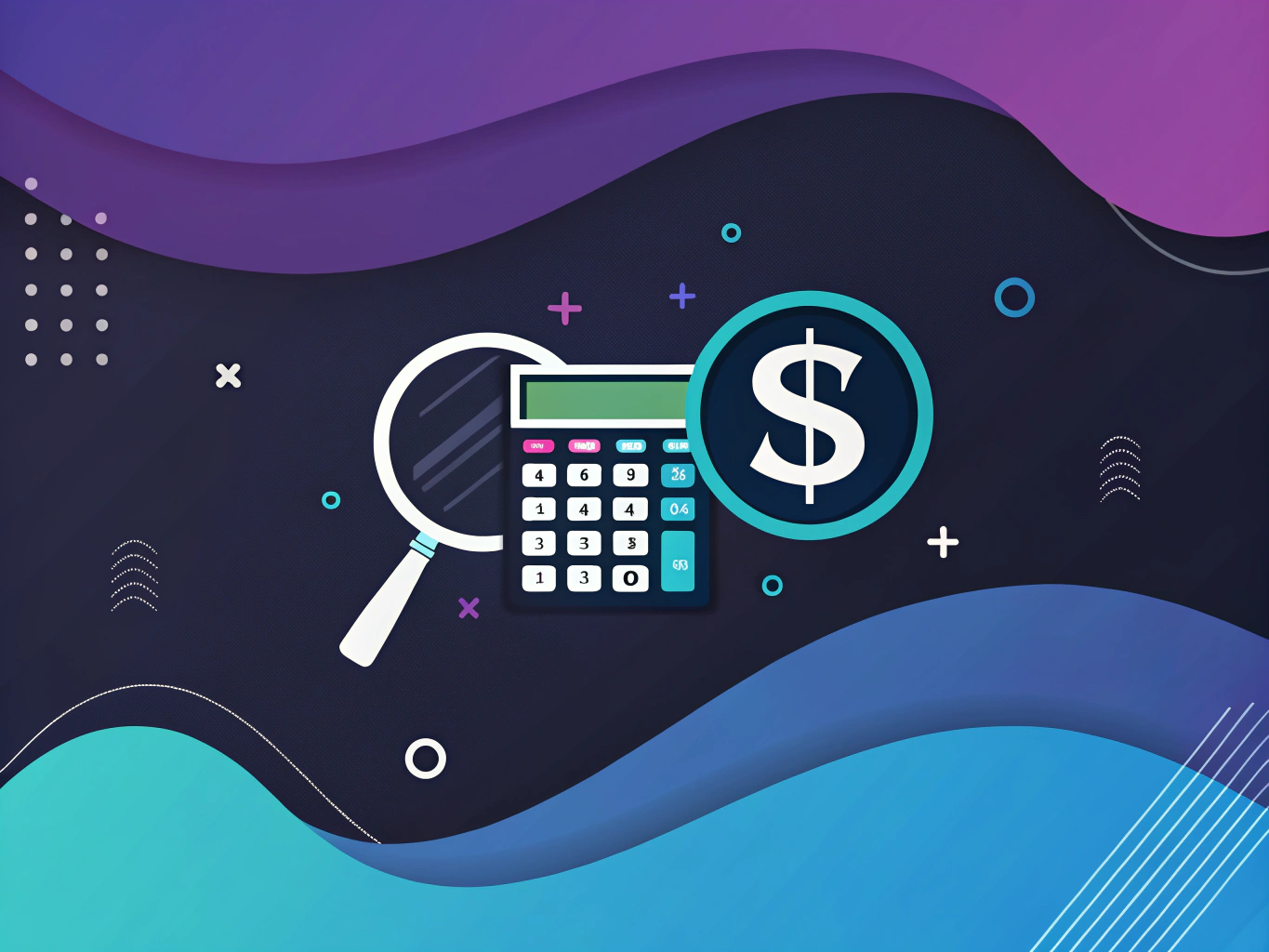
How does selling stuff on Amazon work financially? It’s complicated, but here’s the simplified version: Amazon takes their cut through various fees:
- Referral fees (category-specific, usually 8-15%)
- FBA fees (if applicable)
- Storage fees
- Professional account fees
- Advertising costs (optional but increasingly necessary)
How to make money selling stuff on Amazon comes down to understanding these fees and pricing your products accordingly. I’ve seen too many sellers price their products based on competitor research without factoring in all the fees. That’s like trying to build a house without knowing the cost of materials – you’re setting yourself up for failure.
Real Talk About Profitability
The question “how do I start selling stuff on Amazon” often comes with dollar signs in people’s eyes. Yes, some companies make $70 million selling random stuff on Amazon, but they’re the exception, not the rule. Most successful sellers I know started small, learned the ropes, and scaled gradually.
Your initial goal should be learning the platform and achieving consistent sales, not becoming the next Amazon millionaire. Think of it like learning to walk before you run – except in this case, you’re learning to sell before you scale.
For those new to selling, check out our comparison of Etsy, ThredUp, and Poshmark for alternative platforms. Another lucrative avenue beyond physical products is KDP self publishing. If you’re an aspiring author, Amazon’s Kindle Direct Publishing allows you to create and sell ebooks and paperbacks, offering a passive income stream while leveraging Amazon’s massive customer base.
Advanced Marketing Strategies for Amazon Success
Let’s be real – selling stuff on Amazon isn’t just about listing products and hoping for the best anymore. It’s 2025, and the game has evolved. Think of Amazon’s marketplace like New York City: millions of opportunities, but also millions of people trying to grab them. You need to stand out.
Mastering Amazon’s Advertising Ecosystem
Remember when simply having good products was enough? Yeah, those days are gone. Now, learning how to sell your products on Amazon means becoming fluent in their advertising language. Sponsored Products, Sponsored Brands, Sponsored Display – it’s like learning to speak three dialects of the same language. But here’s the thing: you don’t need to master them all at once.
Start with Sponsored Products. They’re the gateway drug of Amazon advertising. Target specific keywords related to your products, set a reasonable daily budget (I recommend starting with $20-30), and watch your data like a hawk. The key metrics? ACoS (Advertising Cost of Sale) and TACOS (Total Advertising Cost of Sale). Keep them below 30% unless you’re in growth mode.
Building Your Brand Beyond the Buy Box
Want to know how to become an Amazon seller who actually lasts? Stop thinking like a seller and start thinking like a brand. The best things to sell on Amazon aren’t just random products – they’re part of a cohesive brand story. This is where Amazon’s Brand Registry becomes your best friend.
Once registered, you unlock A+ Content (think Instagram-worthy product pages), Sponsored Brand campaigns (hello, brand awareness), and better protection against counterfeiters. It’s like upgrading from a studio apartment to a penthouse – same building, totally different game.
Scaling Your Amazon Business
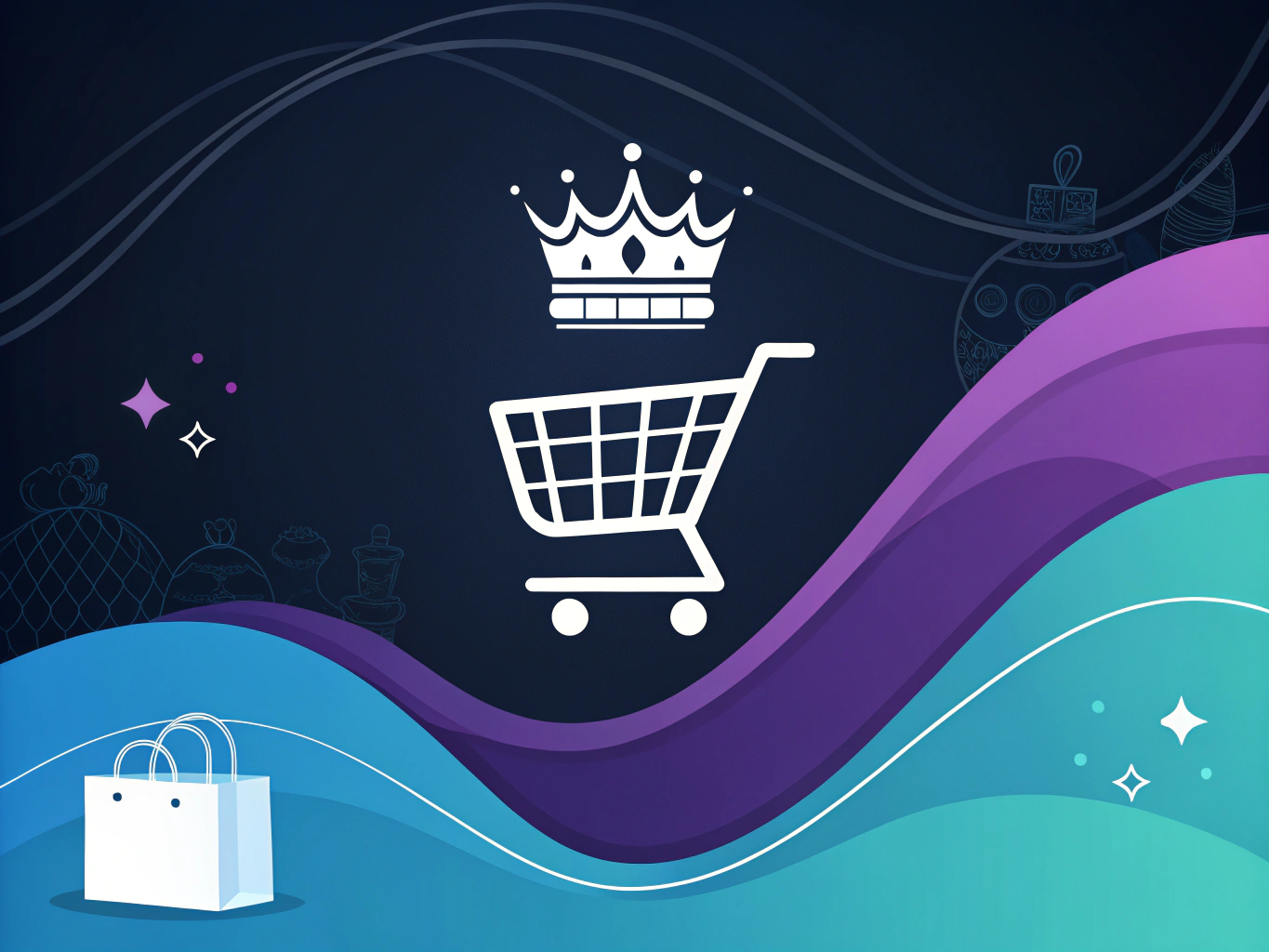
Is selling on Amazon worth it in 2025? The short answer: yes, but only if you’re willing to think bigger than just selling stuff on Amazon. The most profitable items to sell on Amazon aren’t necessarily the ones with the highest margins – they’re the ones that create customer loyalty and repeat purchases.
Expansion Strategies That Actually Work
Here’s what I’ve seen work for sellers who’ve crossed the $1M mark:
- International expansion (start with English-speaking markets)
- Product line extensions (think complementary products)
- Bundle offerings (increase average order value)
- Multi-channel presence (Amazon + your own website)
But here’s the catch – don’t try all of these at once. It’s like trying to eat an entire New York pizza in one bite. Pick one strategy, master it, then move on to the next. For a comprehensive guide on how to sell on Amazon, visit Jungle Scout’s blog.
Automation and Scaling Tools
How to start selling stuff on Amazon efficiently at scale? Automation. Your Amazon seller account should be working for you, not the other way around. Tools like inventory management software, pricing automation, and customer service templates aren’t expenses – they’re investments in your sanity.
Future-Proofing Your Amazon Business
The best items to sell on Amazon keep changing, but the principles of success remain constant. What can I sell on Amazon as a new seller? Start with products that solve real problems, have decent margins (aim for 40%+), and aren’t dominated by major brands.
Emerging Trends and Opportunities
How does selling stuff on Amazon work in 2025 and beyond? Keep your eye on these trends:
- Sustainability-focused products
- AI-powered optimization tools
- Video-first product listings
- Voice search optimization
The companies making $70 million selling random stuff on Amazon? They’re not just riding trends – they’re anticipating them. They’re using data to spot gaps in the market before they become obvious.
Keeping up with consumer behavior is crucial, especially during seasonal spikes. Ever wondered what is the most popular Halloween costume each year? Tracking these trends can help sellers capitalize on seasonal demand and optimize their product offerings accordingly.
Final Thoughts: Your Amazon Journey
How do I start selling stuff on Amazon successfully? By understanding that it’s a marathon, not a sprint. The path to how to open an Amazon store and make it profitable is different for everyone, but the fundamentals remain the same: pick the right products, optimize your listings, master your fulfillment strategy, and never stop learning.
Remember, Amazon’s marketplace is like a living organism – it’s constantly evolving. What worked yesterday might not work tomorrow. But if you stay curious, adaptable, and focused on creating real value for customers, you’ll find your place in this ecosystem.
And hey, if you’re feeling overwhelmed? That’s normal. Every successful Amazon seller started exactly where you are now. The difference between those who make it and those who don’t isn’t just about knowing how to sell on Amazon – it’s about having the persistence to keep going when things get tough.
Start small, think big, and most importantly, start now. The best time to start selling on Amazon was yesterday. The second best time is today.
For more insights on starting your journey, visit our blog.
Related Articles:
- Insights, Tips, and Tools for Growth – ProductScope Blog
- Sell Books to Amazon for Cash: A Quick Start Guide – ProductScope AI
- Amazon Reselling in 2024: Beginner’s Success Blueprint
Frequently Asked Questions
How to start selling stuff on Amazon?
To start selling stuff on Amazon, you need to create an Amazon seller account. Choose between an Individual or Professional selling plan based on your sales volume and needs, then list your products by providing details like price, description, and category. Once your products are listed, you can manage inventory and fulfill orders yourself or use Fulfillment by Amazon (FBA) to let Amazon handle storage, packaging, and shipping.
How to make money selling stuff on Amazon?
Making money on Amazon involves selecting the right products, understanding market demand, and setting competitive prices. Utilize tools and analytics offered by Amazon to optimize listings and run promotions to attract more buyers. Additionally, consider leveraging Amazon’s advertising services to increase visibility and drive sales, while ensuring you manage costs to maintain a healthy profit margin.
How does selling stuff on Amazon work?
Selling on Amazon works by creating a seller account and listing your products in the appropriate categories. Amazon provides a platform for sellers to reach millions of customers, and you can choose to fulfill orders yourself or use Amazon’s FBA service for convenience. The process involves managing your inventory, handling customer inquiries, and ensuring timely fulfillment and delivery to maintain a good seller rating.
How do I start selling stuff on Amazon?
To start selling on Amazon, visit the Amazon Seller Central website and register for a seller account. Decide if you want to opt for an Individual plan, which is pay-as-you-go, or a Professional plan, which has a monthly subscription fee but offers more features. After registration, you can list your products, set your prices, and decide on a fulfillment method, either shipping products yourself or using FBA.
How this company makes $70 million selling random stuff on Amazon?
Companies that make substantial revenue, like $70 million, selling on Amazon often excel through strategic product selection and scaling operations. They typically use data to identify trending products and optimize their supply chain for efficiency and cost-effectiveness. Additionally, they invest in marketing tactics, maintain high customer service standards, and leverage Amazon’s FBA to handle logistics, allowing them to focus on product expansion and market penetration.
About the Author
Vijay Jacob is the founder and chief contributing writer for ProductScope AI focused on storytelling in AI and tech. You can follow him on X and LinkedIn, and ProductScope AI on X and on LinkedIn.
We’re also building a powerful AI Studio for Brands & Creators to sell smarter and faster with AI. With PS Studio you can generate AI Images, AI Videos, Chat and Automate repeat writing with AI Agents that can produce content in your voice and tone all in one place. If you sell on Amazon you can even optimize your Amazon Product Listings or get unique customer insights with PS Optimize.
🎁 Limited time Bonus: I put together an exclusive welcome gift called the “Formula,” which includes all of my free checklists (from SEO to Image Design to content creation at scale), including the top AI agents, and ways to scale your brand & content strategy today. Sign up free to get 200 PS Studio credits on us, and as a bonus, you will receive the “formula” via email as a thank you for your time.


